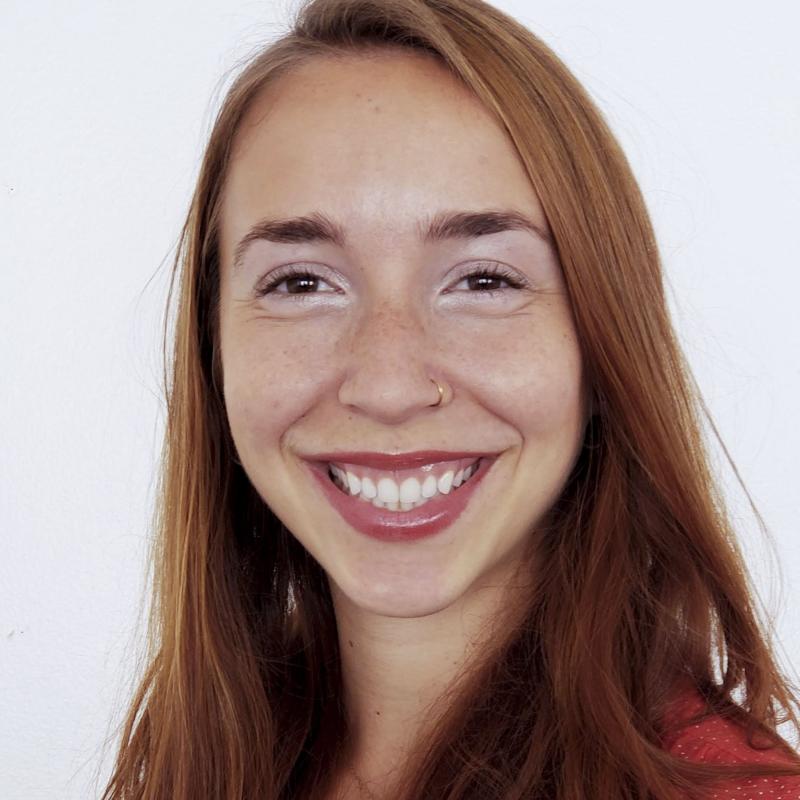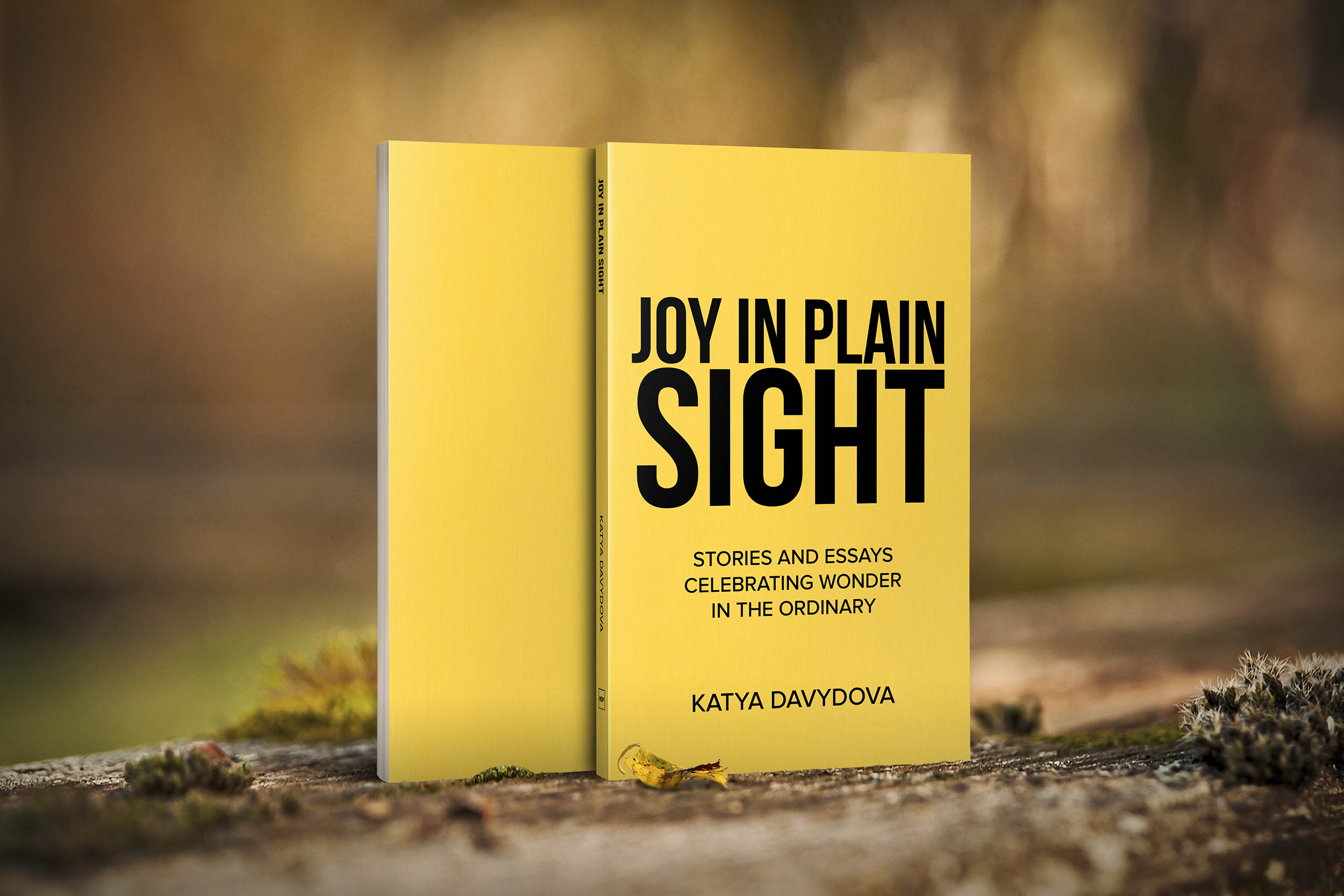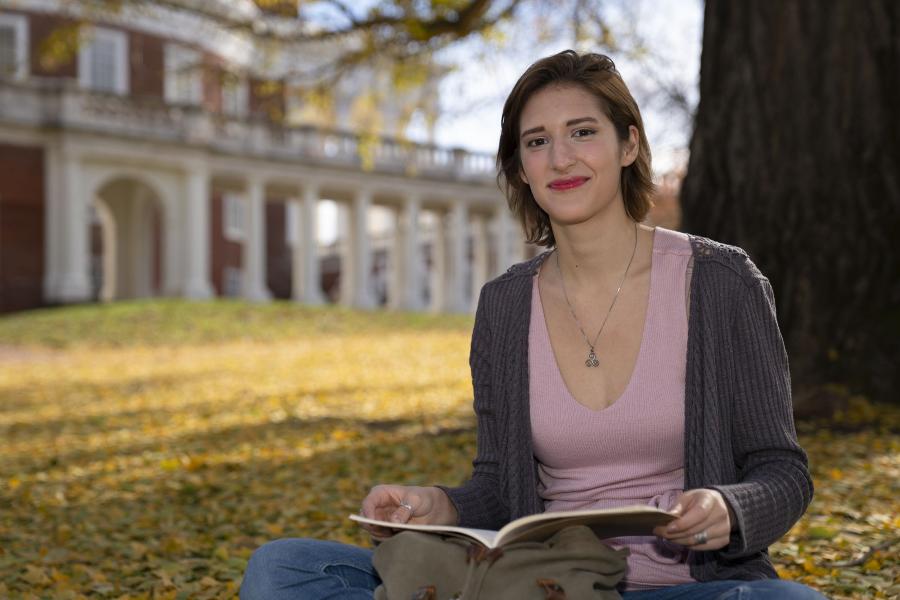As the pandemic raged last spring, University of Virginia alumna Katya Davydova found herself, like a lot of people around the world, not being able to do so many of the things she enjoyed –such as seeing friends, going to concerts or just hanging out in coffee shops.
Coupled with job stress (the company where she worked was going through a merger), Davydova realized she was becoming new version of herself – one that she didn’t like.
“In the season where the world was grinding to a halt, I felt like I was frenetically always on the go. I became a human doing, and not a human being,” she said.
It was then that Davydova knew she needed to do something to recalibrate – and that would come in the form of what she refers to as an “experiment.”
Davydova began writing down any and all of her daily joys that “made the ordinary feel extraordinary.” It could be a smiling eyes of a masked stranger at the grocery store, the sound of a bird’s wings flapping in the breeze or just observing “whimsical” nuances of neighbors.
“It was all so delightfully simple, and simply delightful,” Davydova said. “By writing about these moments, the world began to feel more colorful and new again.”
Davydova turned the moments into a new book called “Joy in Plain Sight: Stories and Essays Celebrating Wonder in the Ordinary” (New Degree Press), due out in May.
Davydova, who was born in Uzbekistan and emigrated with her parents to Northern Virginia at the age of 7, double-majored in cognitive science and psychology and minored in Russian at UVA.
After graduating with highest distinction in 2015, Davydova worked as a consultant in the health care industry and then in higher education while earning her master’s degree in organizational development and knowledge management from George Mason University. She then moved to Los Angeles and worked in “people operations” in the tech world before moving to current role as a leadership facilitator at LifeLabs Learning, a company that helps managers, executives and teams hone their people skills.






